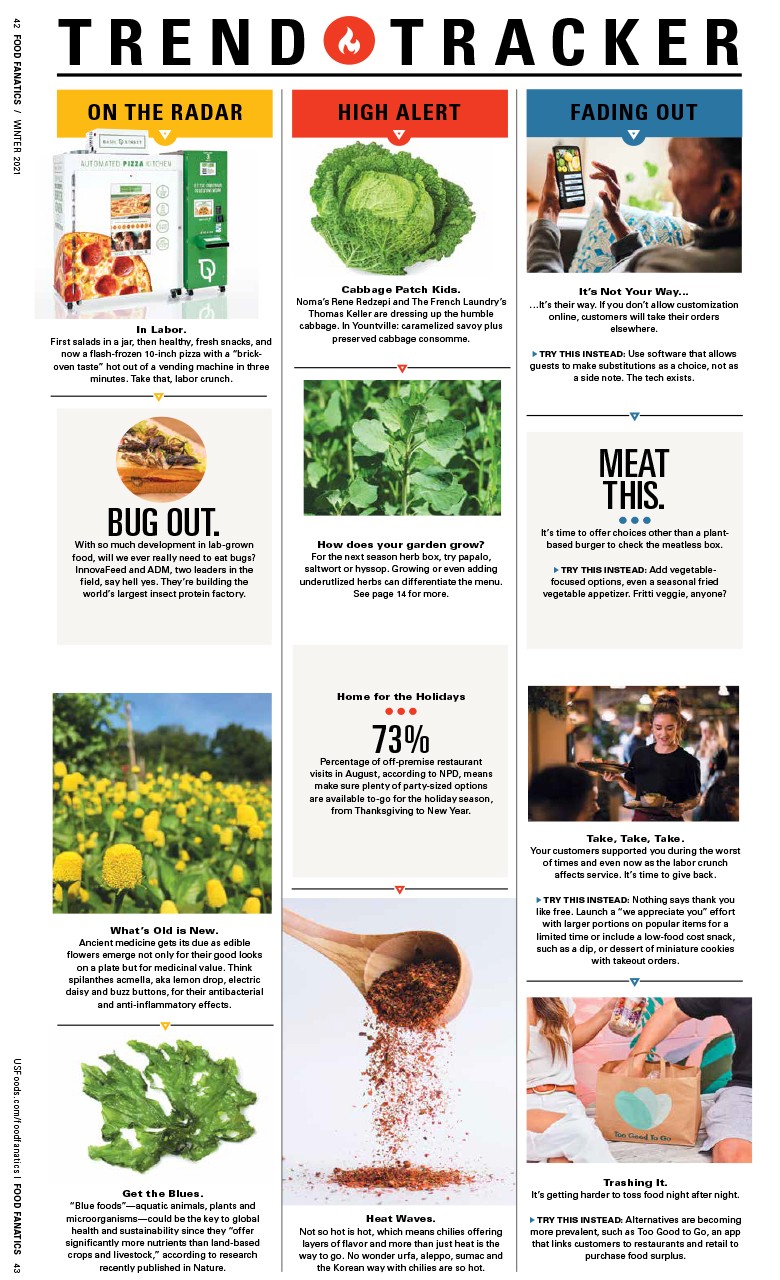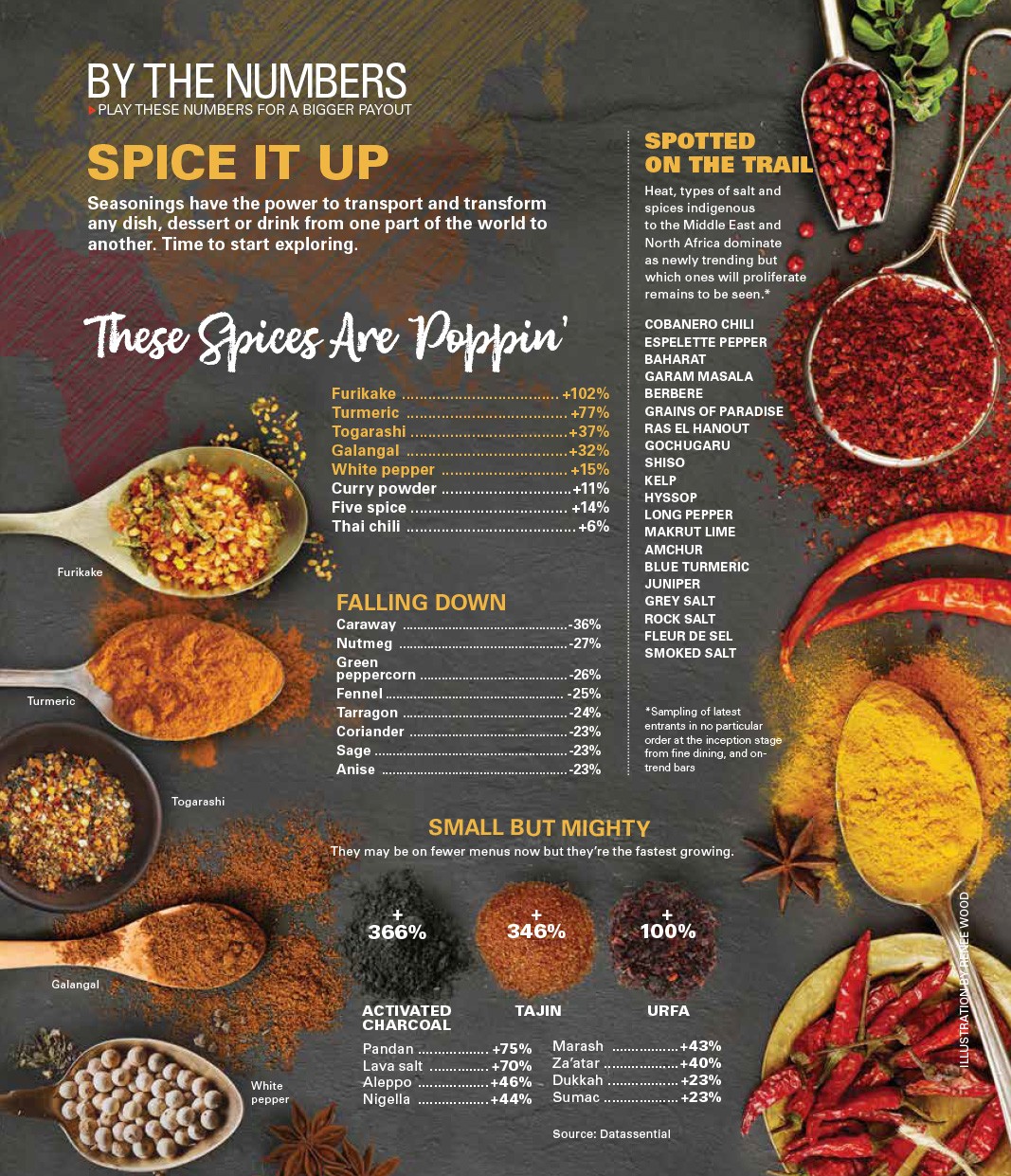Turn Unwanted Booze Into Profits
How to dry up the well behind the bar
Unwanted liquor seems unheard of. But a quick survey of the bar will reveal a few neglected bottles. You know the ones: the weird product samples, flavored liquors that seemed like a good idea at the time, the once-hot but now discontinued vodka, the spice-laden spirits perfect for winter yet terrible for summer.
Luckily, one bar’s overstock is another bar’s new profit center. Put the craft back in cocktail by putting leftover liquors back to work.
Spirits in Flight
The shelves at Yabba Island Grill in Naples, Florida, are always stocked thanks to the rotating list of 70-plus rums on the bar menu. But when some of those labels start to lose popularity, bar manager Donny Darling knows how to move them: Offer a flight.
“Offering rum flights definitely helps people try something that they may not have ever had before because you’re not paying for a full drink, you’re paying for a half-ounce pour of three different rums,” Darling says.
For his “Rum Tour” flight, Darling segments the rums by region, offering three half-ounce pours neat or with a splash of soda for $15.90. The benefits are twofold: The flight pushes slow-moving product, and if a guest likes a particular rum, the bartender can introduce a similar rum or cocktail.
Throw Your Best Punch
Batching is the quickest way to drain booze. Sell punches by the glass or bowl while rotating a daily cocktail.
The daily cocktail menu at Sportsman’s Club in Chicago often leaves not-quite-empty bottles of an interesting liqueur, aperitif or spirit behind. Instead of dumping that eighth of a bottle down the drain, it goes into a rotating liquid batch in an amaro machine and is sold as a shot for $4 or a neat pour for $6. The foundation of the drink is a mixture of such amaros as Rabarbaro Zucca, Luxardo Bitter and Cocchi Rosa, which evolves as other spirits enter the mix.
"It helps our beverage costs, as we’re moving product that would have either gone bad or collected dust.”
-Bartender Aurel Bardho of RED Bar
Leftover wine from large events turns into $130 in extra monthly profit at RED Bar at Hyatt Regency in St. Louis. Bartender Aurel Bardho adds fruits and herbs to transform it into a $5 sangria special. “Our sangria offerings have been a hit both for our bottom line and for our guests,” Bardho says. “It helps our beverage costs, as we’re moving product that would have either gone bad or collected dust.”
Don’t forget the power of a freebie. At McCrady’s in Charleston, South Carolina, bartender Sam Gabrielle uses excess liquor to welcome guests with a complimentary amuse. It might not have a direct payout, but excellent hospitality leads to repeat business.
Knowledge is Power
Use leftover liquor as a training tool, says house mixologist Greg “Bootleg Greg” Genias of Parallel Postin Trumbull, Connecticut. “Using the excess liquor (for staff training) always proves to be less costly than using your actual inventory,” Genias says.
It also comes in handy for creating recipes that might have a few trial and error rounds. Genias also recommends creating a sales incentive that would enable servers and bartenders to sell excess inventory, either by the bottle or as cocktails.
For the seasonally rotating featured cocktail menu at Barrelhouse Flat in Chicago, owner and bar director Stephen Cole will challenge his team to utilize any excess product the bar has acquired. Bartenders are asked to pitch drinks and recipe ideas, which drives the team to get creative with a lesser-used spirit and thins out excess liquor supply.
Down the Line
Tried everything and still can’t kill that bottle? Try handing it over to the kitchen, says bar director Meaghan Dorman of Raines Law Room and Dear Irving in New York. “We often use brandy or vodka to stabilize syrups, and they don’t have to be the premium quality that we would use in cocktails,” she says.
Chefs can also use excess liquor for glazes and sauces, she says. On a whim, Dorman used maple-flavored whiskey for a French toast batter. After the alcohol cooked off, Dorman says the remaining flavor was far subtler and more sophisticated than anything it could have brought to a cocktail.
“It was delicious, and honestly I would not have drunk the whiskey on its own,” she says.



